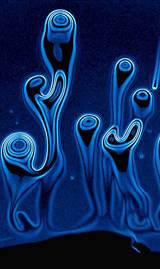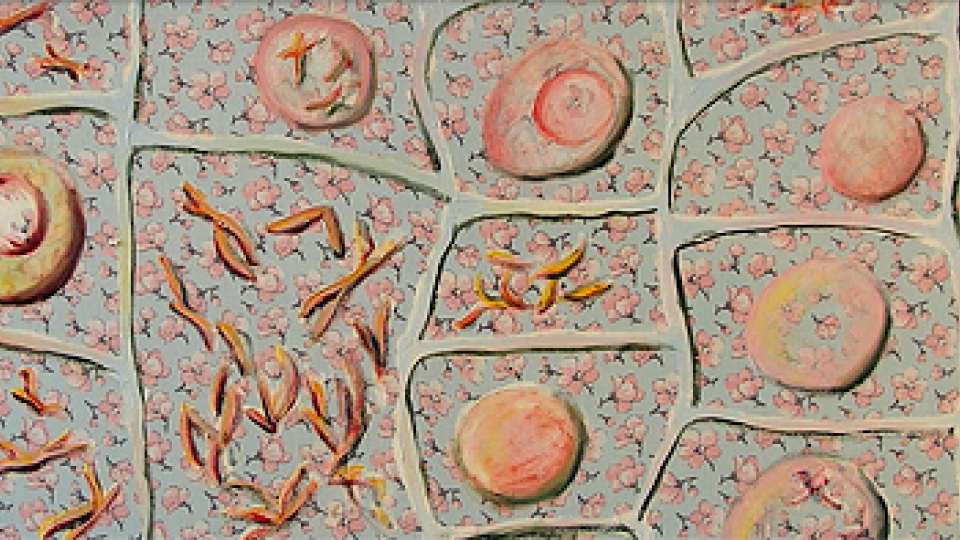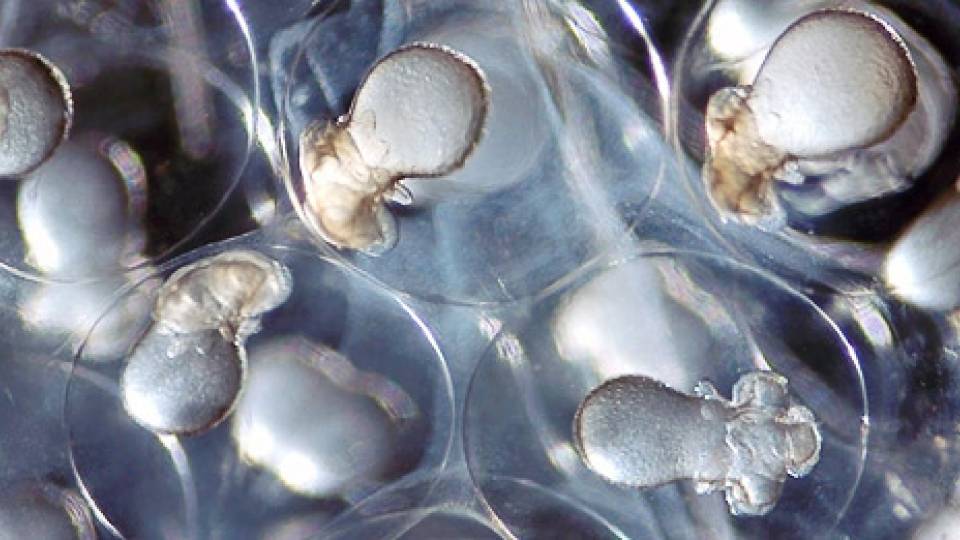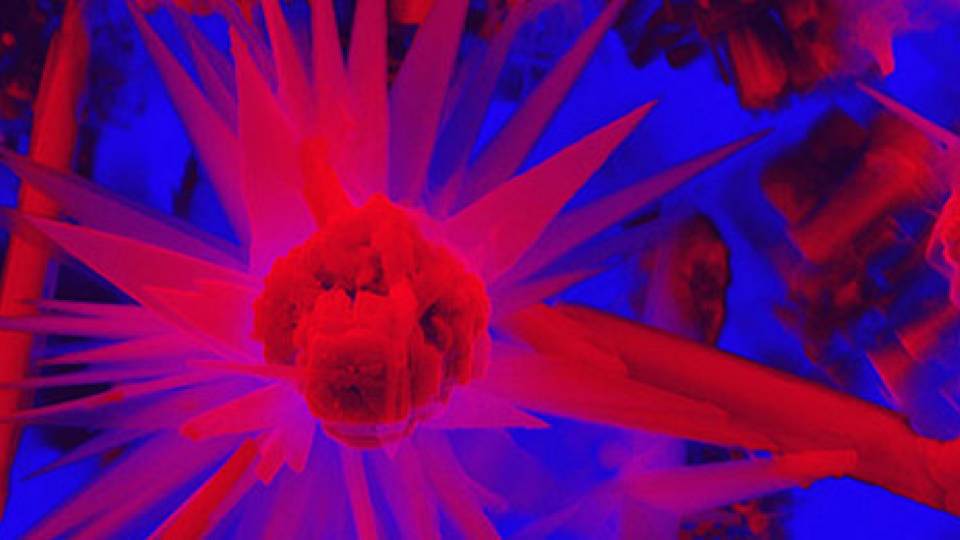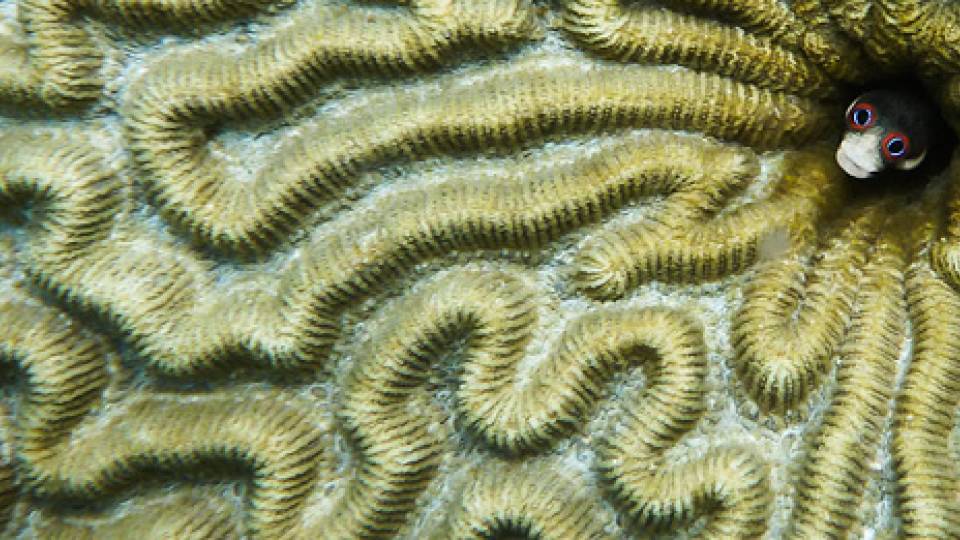An exhibition of images that bridge the sciences and the arts will be on view at the Friend Center for Engineering Education beginning Tuesday, May 3.
Students and faculty from a number of departments launched the "Art of Science" competition this spring, seeking entries of images that came directly from research in science and engineering or works by artists incorporating tools and concepts from science.
About 50 images from the competition will be displayed in the hallway of the Friend Center's main floor. They also will be shown on the new display wall in the Icahn Laboratory.
Images were submitted by students, faculty and staff from 16 departments across campus. "Plasma Table," by Elle Starkman and Andrew Post-Zwicker of the Princeton Plasma Physics Laboratory, won the $250 first prize in the competition. The image features a dust cloud of silicon micro-spheres suspended in a plasma and illuminated by laser light.
"We were quite astonished by the quality of the submissions. We've been marveling at the stunning quality of the images that will appear in the exhibition," said Adam Finkelstein, an associate professor of computer science and one of the event's organizers.
Co-organizer Andrew Moore, a lecturer in the Council of the Humanities and the Program in Visual Arts, said the contest and exhibition were created to get people at Princeton who use imagery as part of their research more involved in the visual arts program and in the arts in general.
Moore noted that scientific images -- such as a microscopic view of a cell or a computer simulation of a fluid flow -- often have an intrinsic beauty, and that scientists are increasingly finding ways to generate visual representations of complex data sets to discern underlying patterns.
"So we thought: Why not look at this work from an aesthetic standpoint, from the standpoint of making art?" he said.
Moore and Finkelstein organized the endeavor with Alex Halderman, a graduate student in computer science who is Moore's teaching assistant in a digital photography course, and Kati Lovasz, a graduate student in comparative literature. Lovasz is one of the organizers of the University's /@rts ("slash arts") lecture series, which explores the intersection of arts and technology.
The "Art of Science" exhibition is expected to run for about a month, but may remain on view longer if it proves to be popular, Finkelstein said.
Judges for the competition were President Shirley M. Tilghman, Dean of the Faculty David Dobkin, Professor of the Council of the Humanities and Visual Arts Emmet Gowin and Professor of Comparative Literature Thomas Hare.
"We were almost overwhelmed by the number of high quality entries in the competition," said Dobkin, who is a computer scientist. "The most interesting entries had an artistic sense to them but also represented scientific ideas, ranging across a broad range of disciplines."
"The images present an interesting lens into the world that scientists look at every day," he added. "Anyone attending the exhibition will be amazed by the variety of work they will see."
The contest and exhibition are co-sponsored by the School of Engineering and Applied Science, the Lewis-Sigler Institute for Integrative Genomics, the Council of the Humanities, the Office of Information Technology, the Program in Visual Arts and the departments of computer science, comparative literature and molecular biology.

